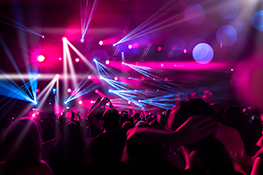## Spotlight for Stage Lighting: A Comprehensive Guide
Spotlights are essential tools for stage lighting, creating focused beams of light that highlight specific areas, actors, or objects. Whether you’re a professional lighting designer or an amateur theatre enthusiast, understanding the nuances of spotlights is crucial for achieving stunning visual effects. This comprehensive guide will delve into the different types, features, benefits, and usage tips for spotlights.
Types of Spotlights
Spotlights come in various shapes, sizes, and functionalities, catering to different needs. Let’s explore the common types:
1. Fresnel Spotlights
Fresnel spotlights utilize a Fresnel lens, which is a series of concentric circles that create a smooth, even beam of light. They offer a soft, diffused light, perfect for highlighting actors and creating a warm, inviting atmosphere.
**Features:**
* **Adjustable beam spread:** The Fresnel lens allows for flexible adjustments to the beam angle.
* **Smooth and even light distribution:** The lens creates a soft and diffused light, ideal for creating a natural look on stage.
* **Versatile applications:** Fresnel spotlights are suitable for various stage lighting needs, from general illumination to highlighting specific areas.
2. Profile Spotlights
Profile spotlights are known for their sharp, defined beams, making them ideal for focusing on specific objects or actors. They feature a lens system that allows precise control over the beam’s shape and size.
**Features:**
* **Sharp, focused beams:** Profile spotlights are designed to create sharp, defined beams of light, perfect for highlighting specific areas.
* **Precise beam control:** The lens system allows for fine adjustments to the beam’s shape and size, creating intricate patterns.
* **Gobo capability:** Profile spotlights can utilize gobos (metal templates) to project images, patterns, or text onto the stage.
3. LED Spotlights
LED spotlights are rapidly gaining popularity in stage lighting due to their energy efficiency, long lifespan, and vibrant color options. They utilize LED technology to produce bright, high-quality light.
**Features:**
* **Energy efficiency:** LED spotlights consume less energy compared to traditional spotlights, resulting in lower energy costs.
* **Long lifespan:** LEDs have a significantly longer lifespan than traditional bulbs, reducing the need for frequent replacements.
* **Vibrant color options:** LED spotlights offer a wide range of color options, allowing for creative and dynamic lighting designs.
4. Follow Spots
Follow spots are powerful spotlights designed to follow actors or performers as they move across the stage. They are typically used in large venues like concerts and theatrical productions.
**Features:**
* **High-intensity light output:** Follow spots produce a bright and focused beam to illuminate performers even at long distances.
* **Manual or automated operation:** They can be manually controlled by a dedicated operator or automated with remote control systems.
* **Precise beam control:** Follow spots allow for precise adjustments to the beam’s size, shape, and direction.
Benefits of Using Spotlights in Stage Lighting
Spotlights are essential for stage lighting because they provide numerous benefits:
* **Focus and Highlight:** Spotlights can be used to direct attention to specific actors, objects, or areas on stage, enhancing the visual impact of the performance.
* **Create Atmosphere and Mood:** Spotlights can manipulate the mood and atmosphere of a scene by adjusting the color, intensity, and direction of light.
* **Enhance Visual Storytelling:** By strategically placing and controlling spotlights, lighting designers can create dynamic visuals that support the narrative and storytelling.
* **Increase Depth and Dimension:** Spotlights can create shadows and highlights, adding depth and dimension to the stage and enhancing the realism of the scene.
Tips for Using Spotlights Effectively
Optimizing spotlight usage requires careful planning and understanding. Here are some key tips:
* **Consider the Stage Design:** Analyze the stage dimensions, layout, and design elements to determine the optimal placement and types of spotlights needed.
* **Choose the Right Type of Spotlight:** Select spotlights that align with the specific needs of the performance, such as highlighting actors, projecting gobos, or creating specific mood effects.
* **Experiment with Color and Intensity:** Utilize a variety of color filters and adjust light intensity to create distinct moods and visual effects.
* **Control Beam Shape and Size:** Learn to adjust the beam angle, shape, and size to achieve specific effects, such as softening edges or creating sharp, focused beams.
* **Practice and Experiment:** Regularly practice and experiment with different spotlight techniques to develop your own lighting style and achieve the desired outcomes.
Conclusion
Spotlights play a vital role in shaping the visual narrative and impact of a stage production. By understanding the different types, features, and usage tips, lighting designers and enthusiasts can harness the power of spotlights to create breathtaking visual experiences.
If you’re looking for high-quality spotlights for your stage lighting needs, visit StageLights.in, your trusted source for professional lighting equipment. Browse our extensive selection and discover the perfect spotlight to elevate your performances.
**Contact Us:**
**Phone:** 1800 200 6000, +91 90150 60000
**Email:** info@stagelights.in


 Auditorium Construction Services
Auditorium Construction Services 